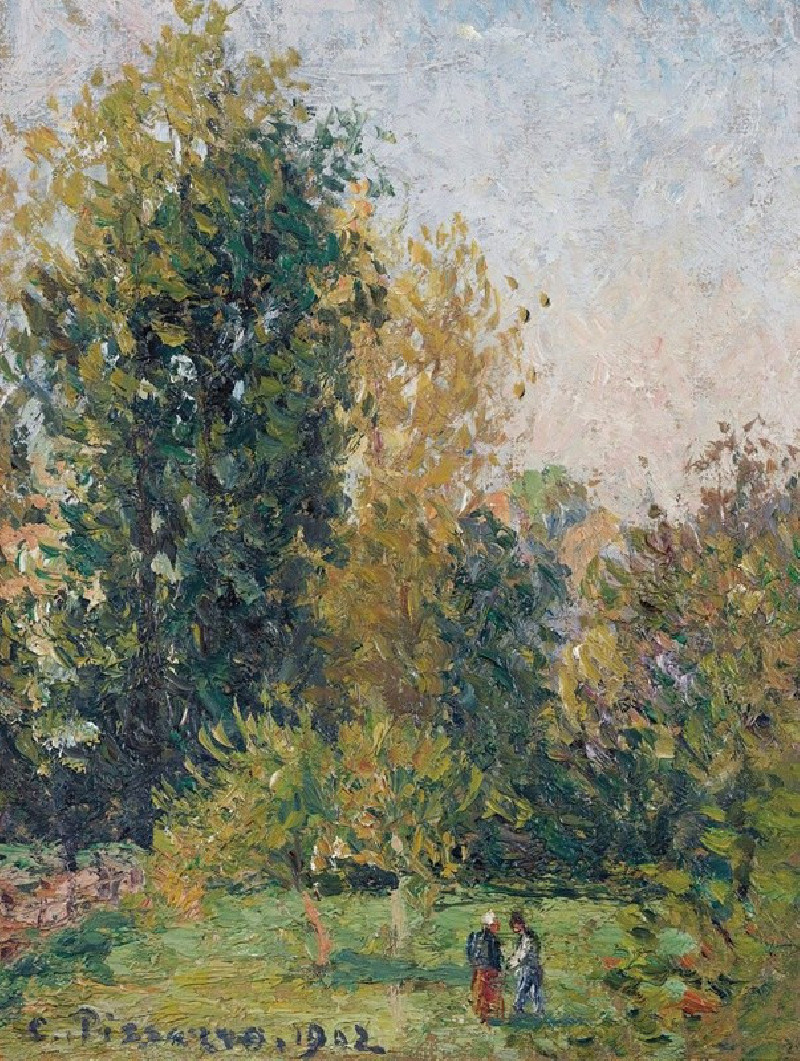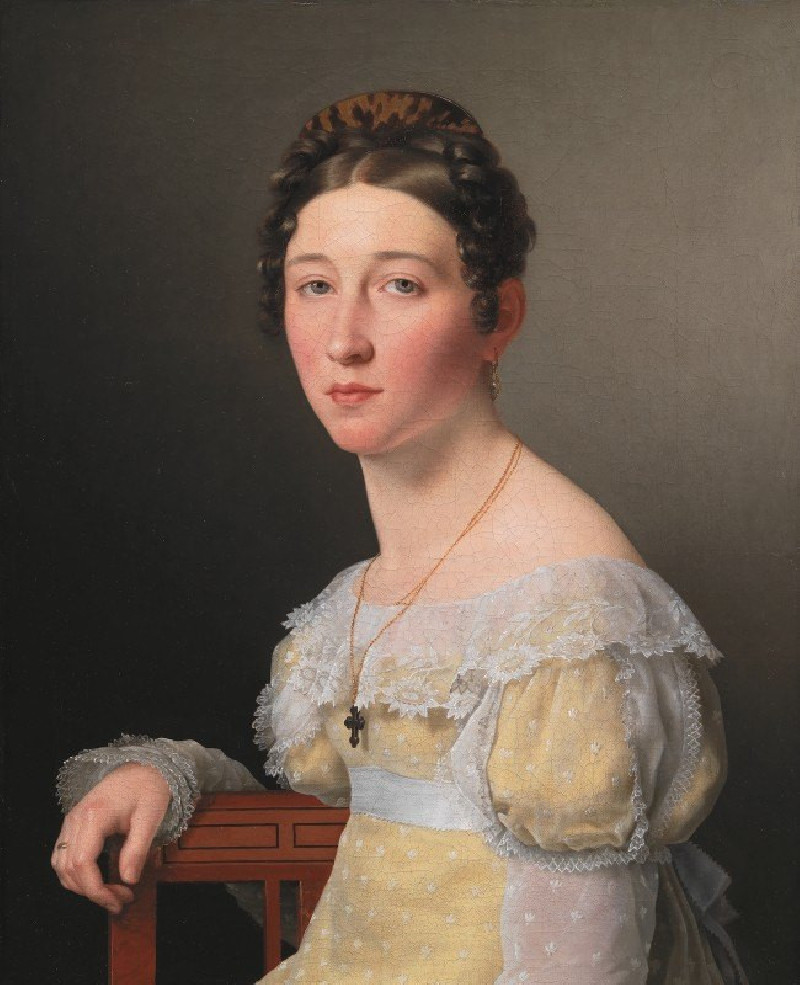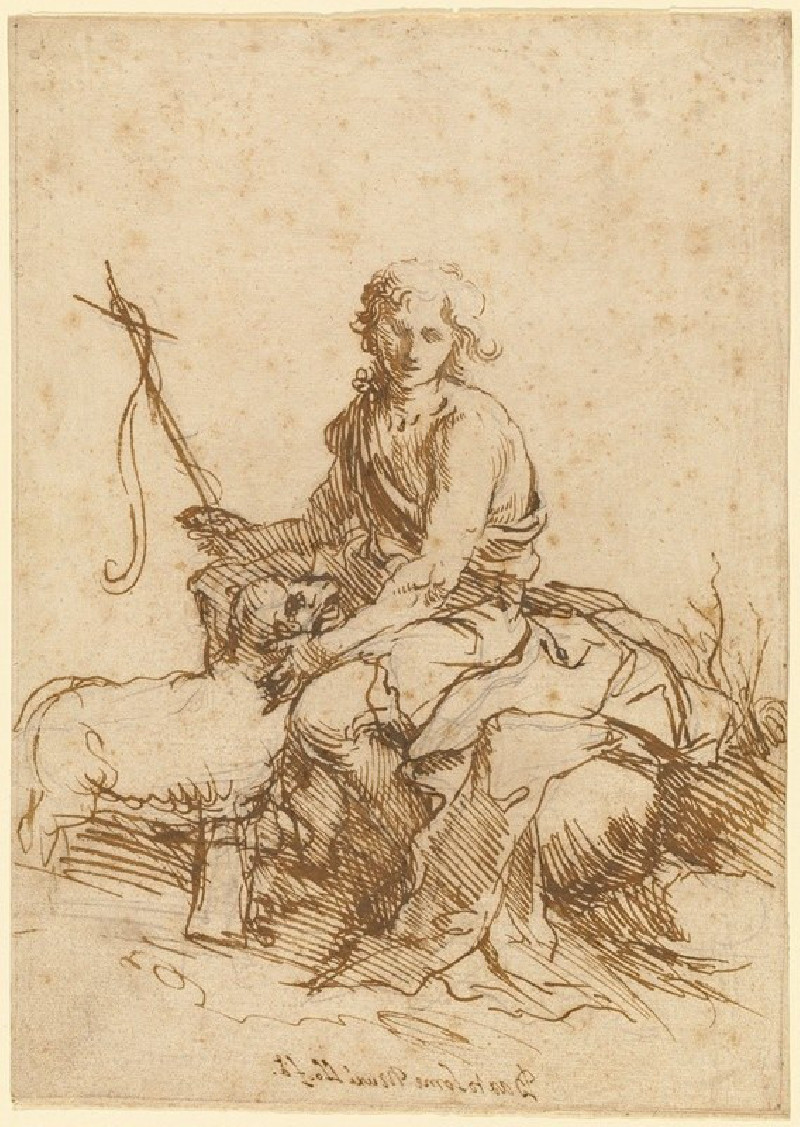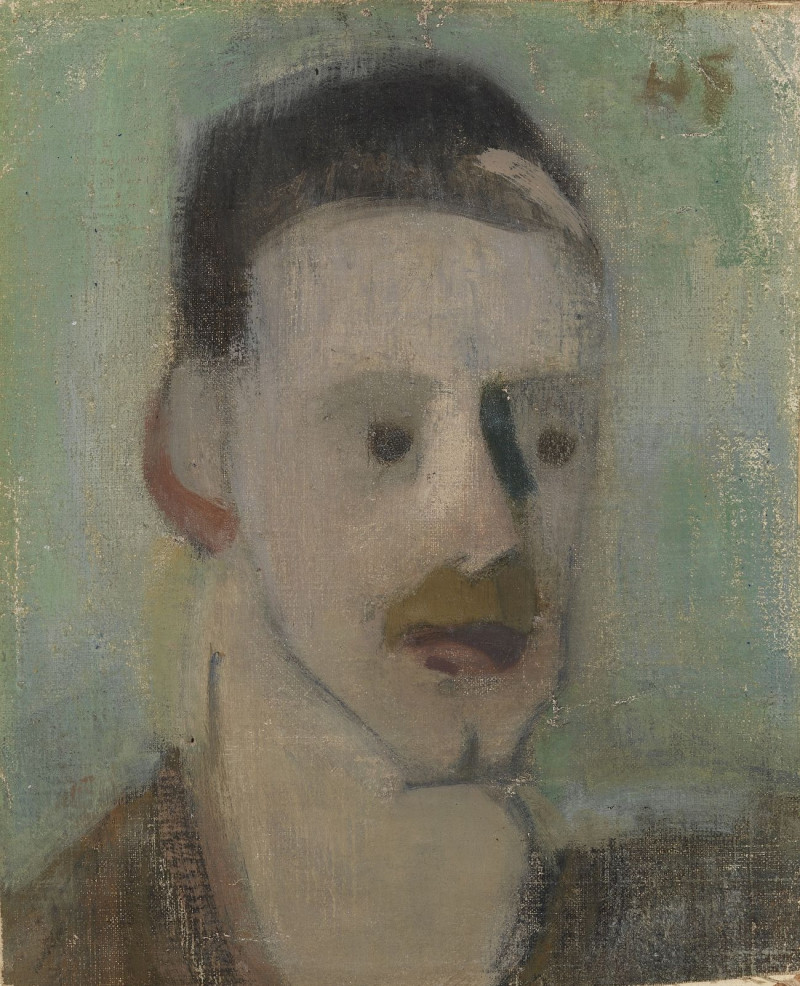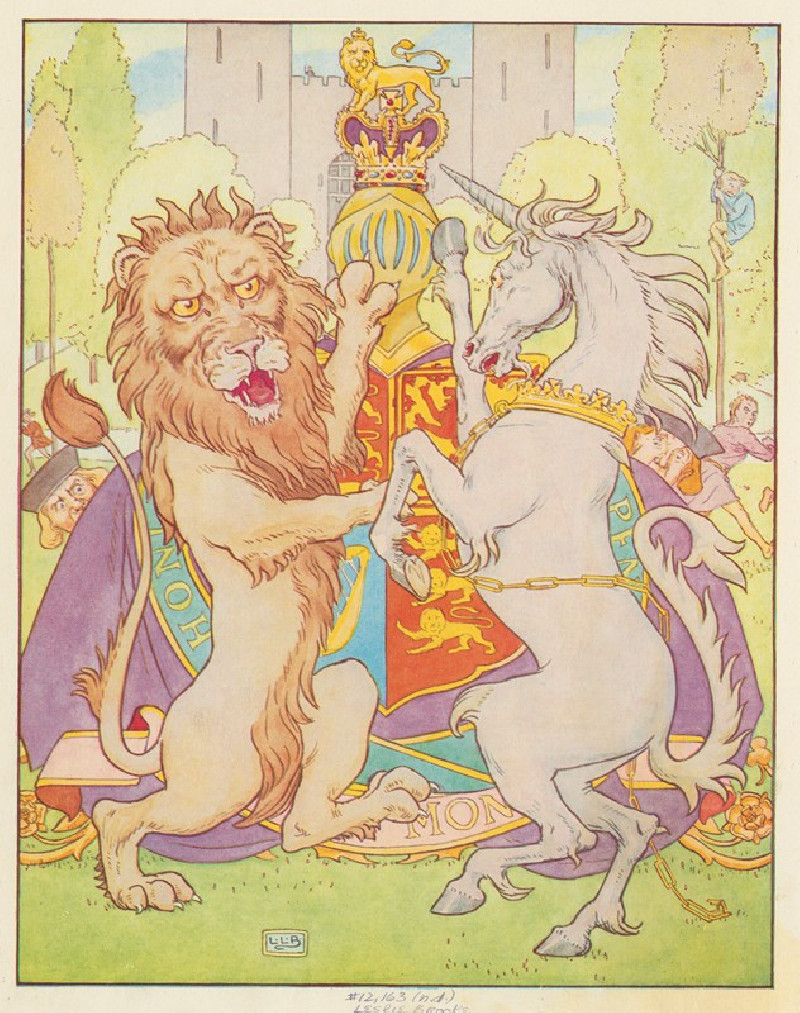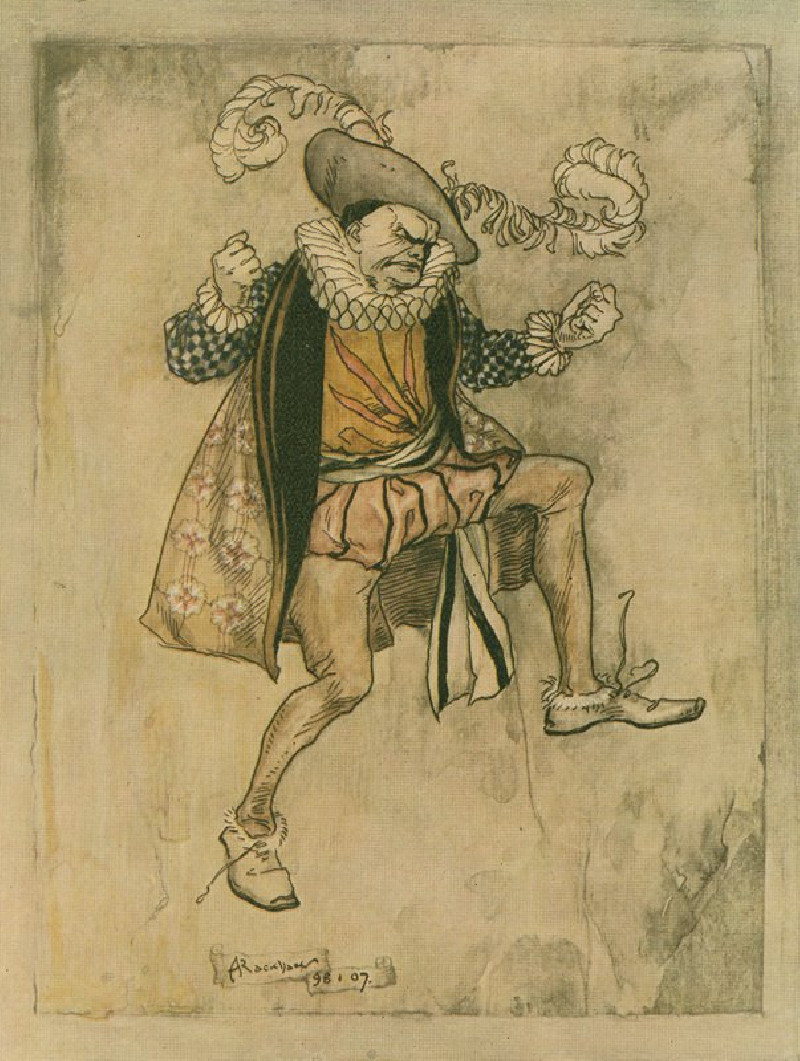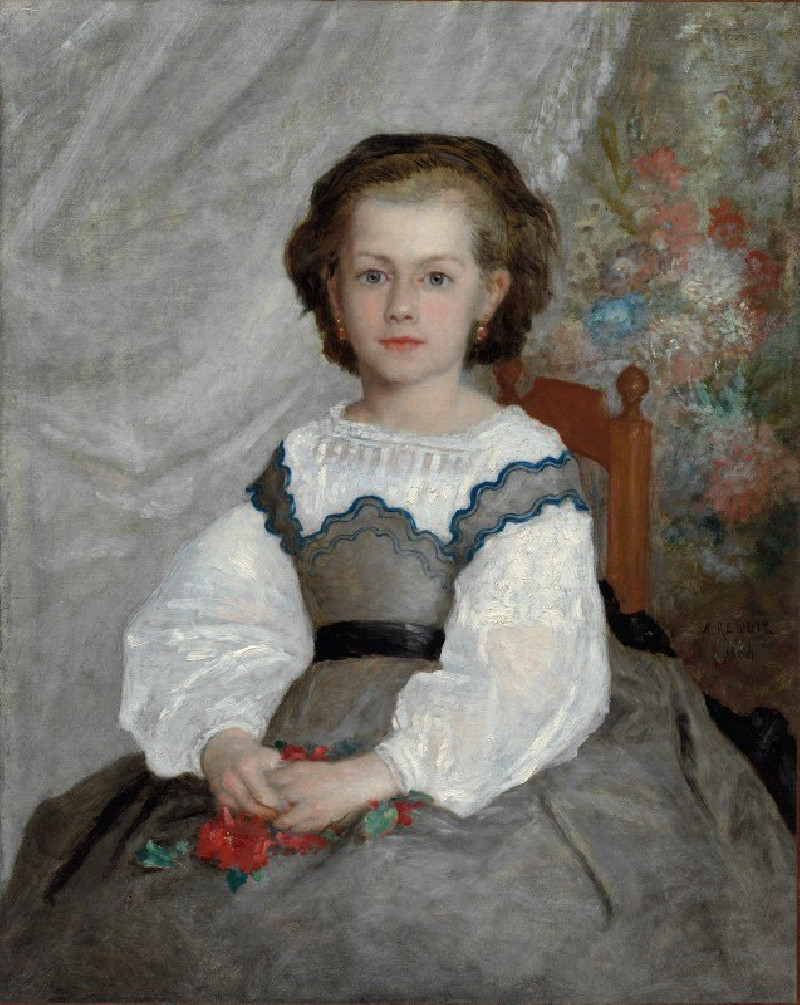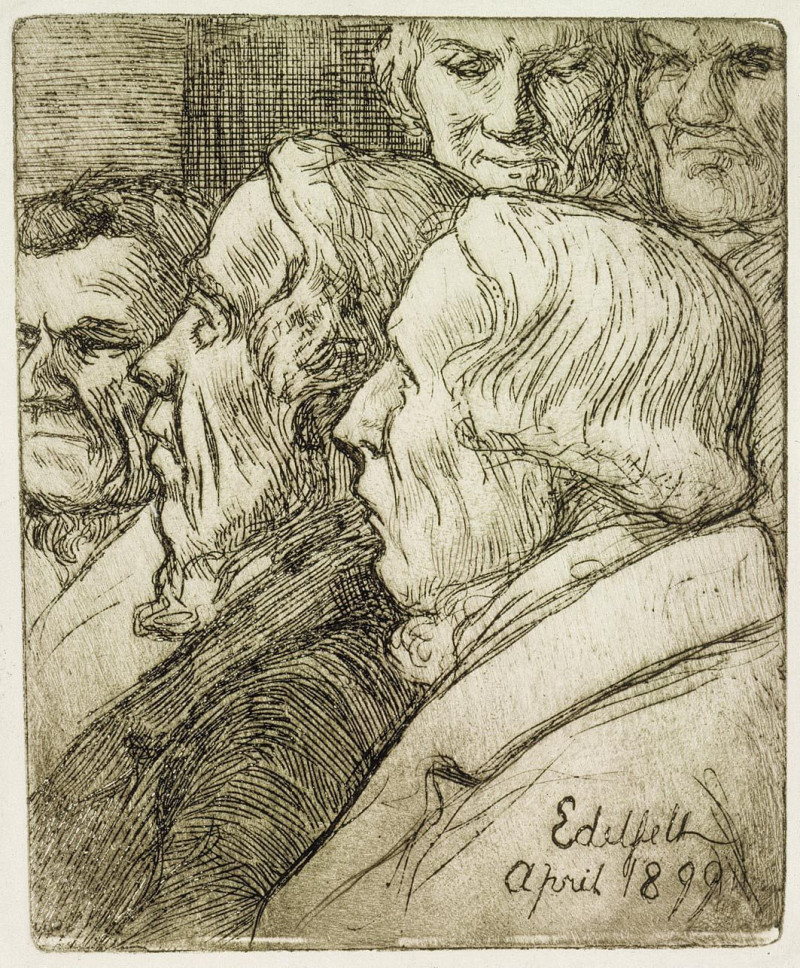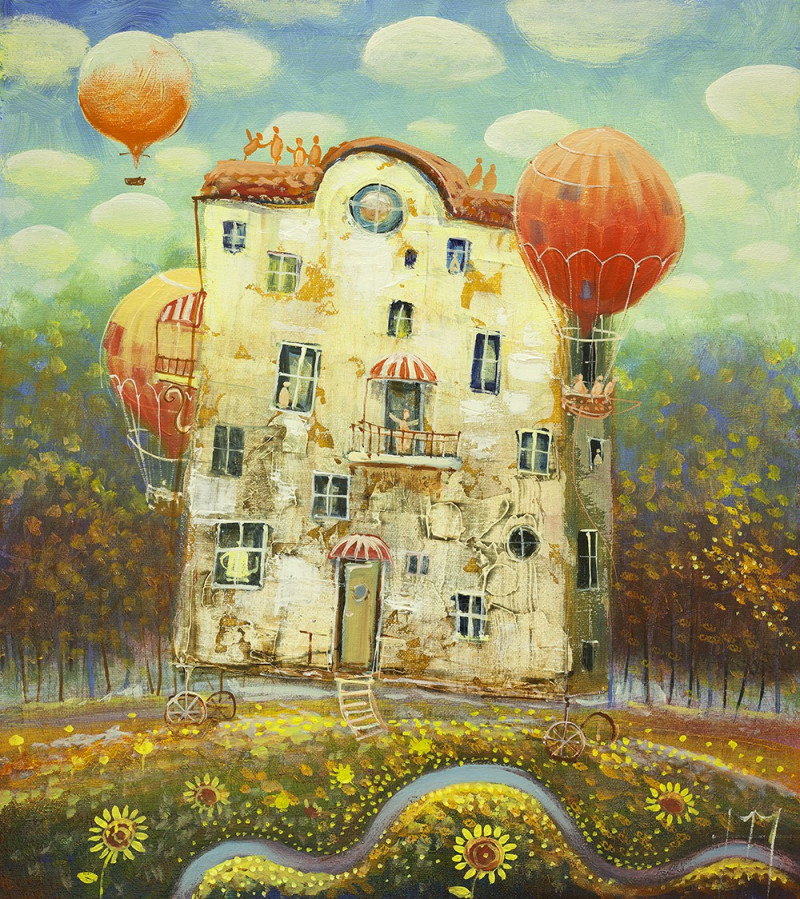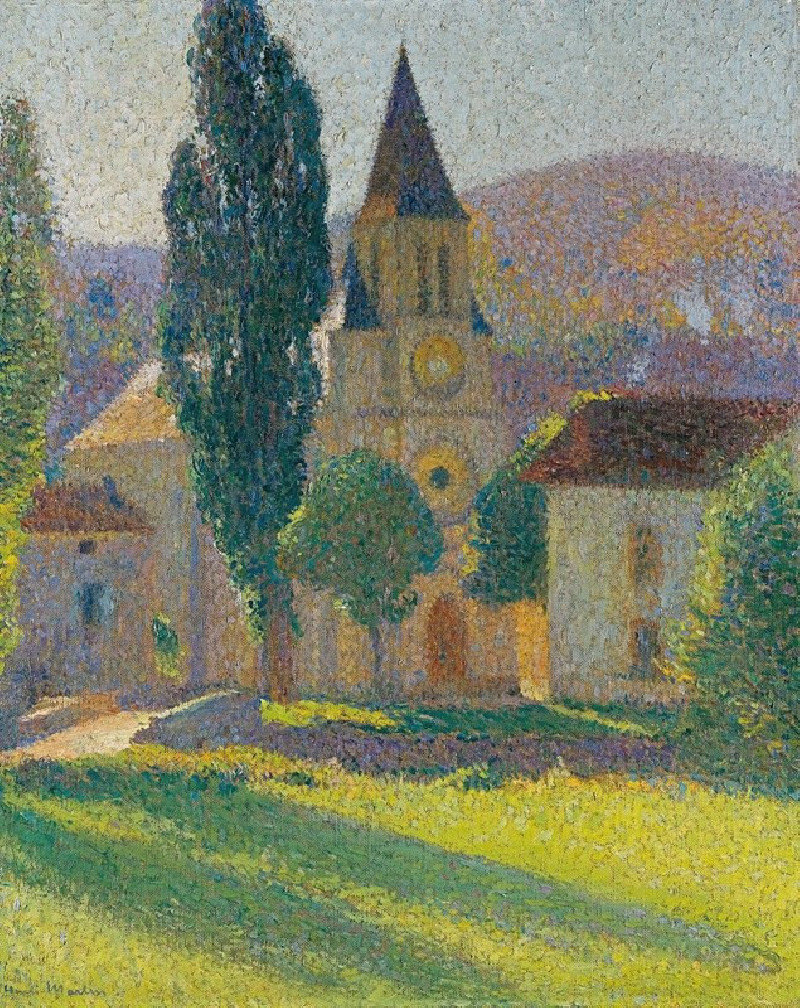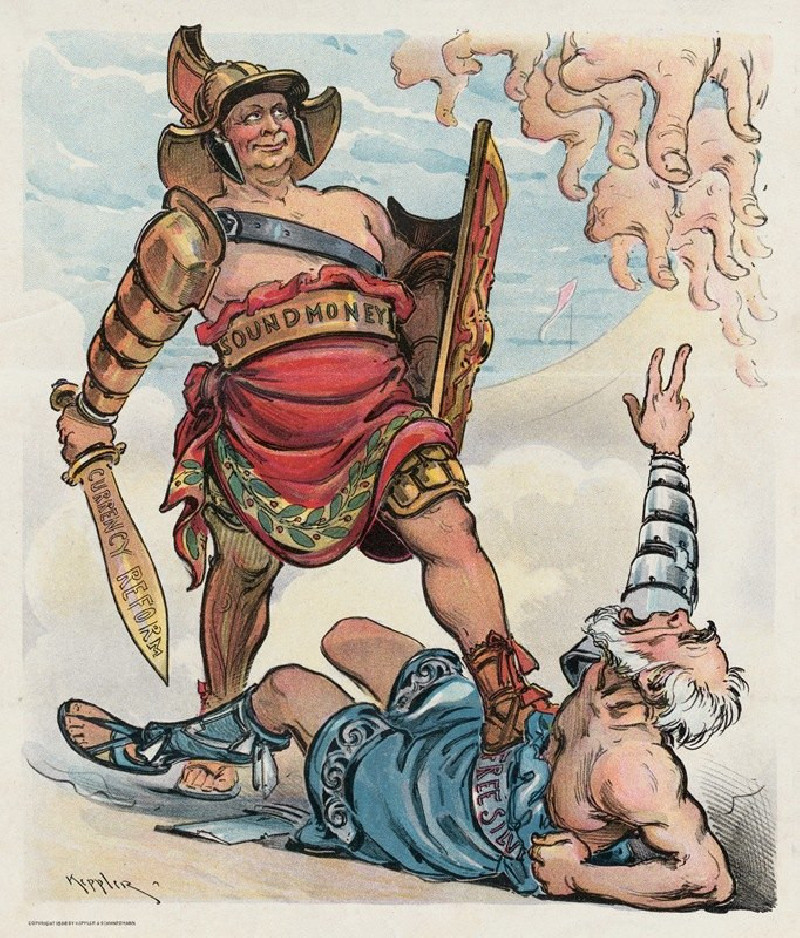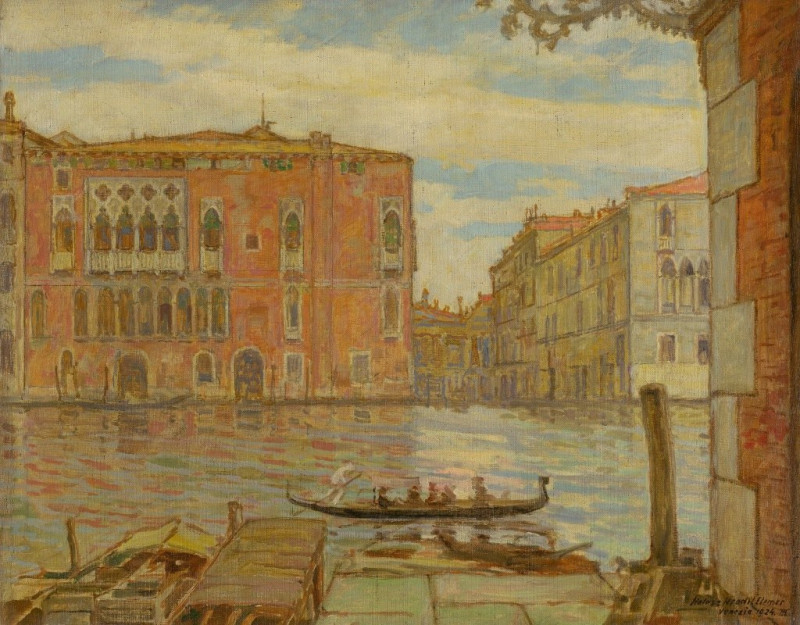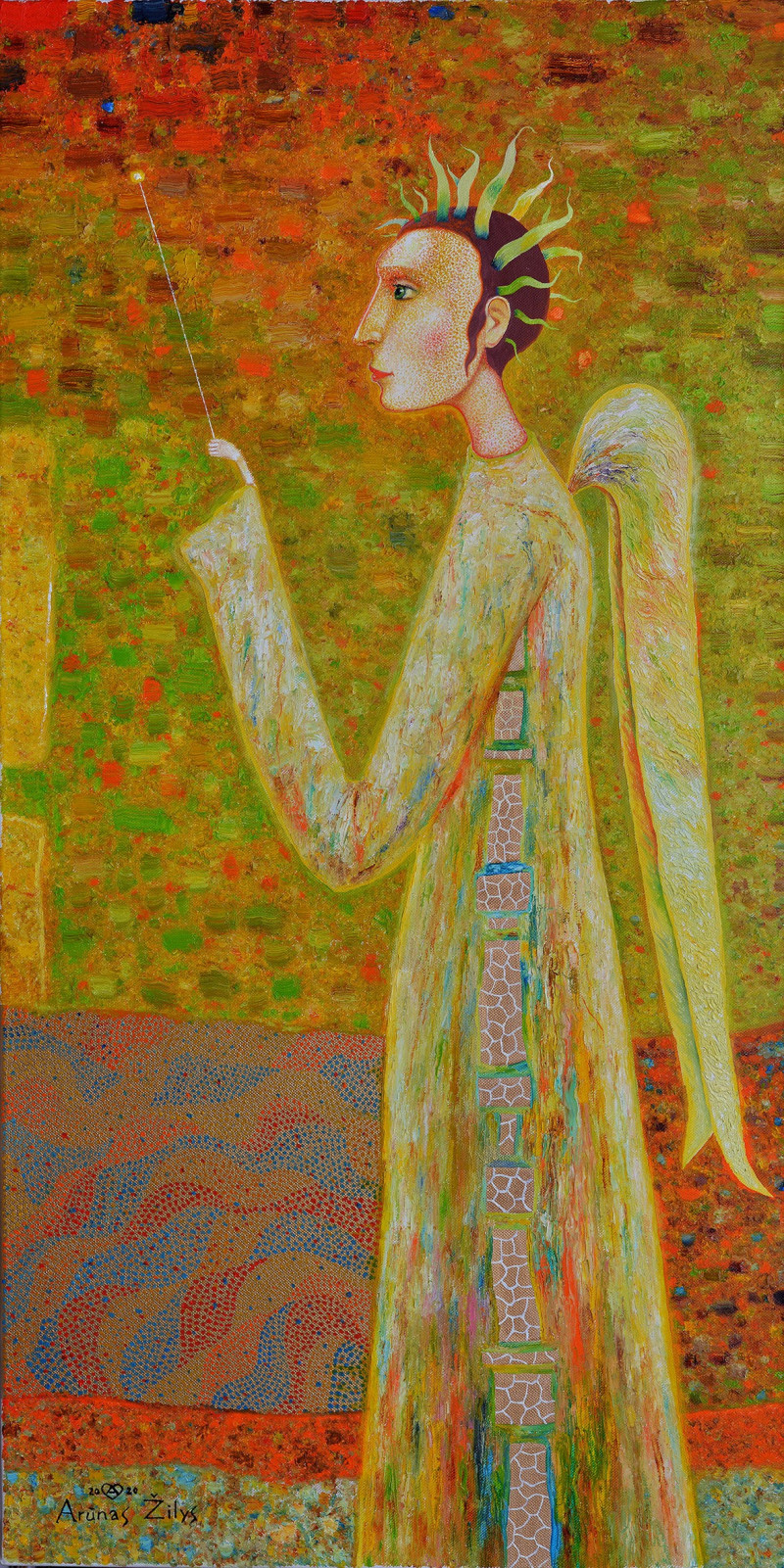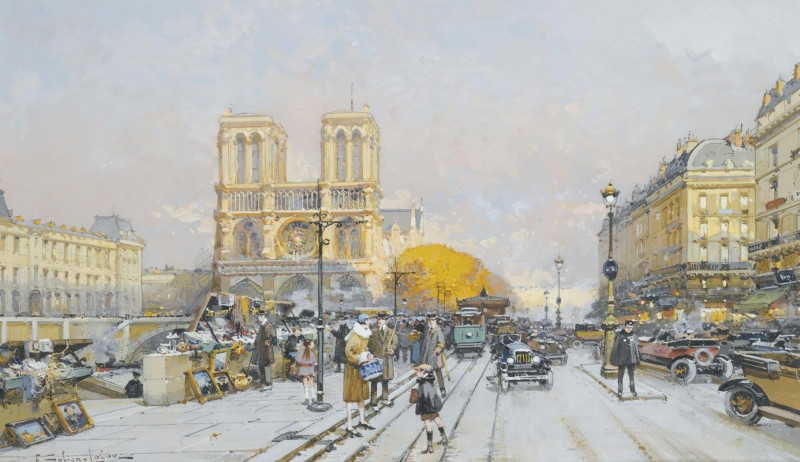Paysage Avec Deux Personnages, Éragny, Automne (1902)
Technique: Giclée quality print
Recommended by our customers
More about this artwork
"Paysage Avec Deux Personnages, Éragny, Automne" (1902) is a captivating scene rendered by the esteemed Impressionist artist Camille Pissarro. The painting crystallizes a crisp autumn day in Éragny, a village in northern France where Pissarro spent many of his later years. This piece is particularly notable for its vivid depiction of the changing foliage and light-infused atmosphere typical of the Impressionist style.In the foreground, amidst a lush tapestry of greenery, two figures can be seen taking a leisurely stroll. These small, almost inconspicuous figures blend subtly into the scenery, emphasizing the dominance and beauty of the natural world over human presence. The painting's palette of greens, golds, and soft browns conveys the serene yet dynamic essence of autumn, with strokes that suggest the gentle movement of leaves in a soft breeze.Pissarro's masterful use of light and shadow enhances the textural quality of the trees and underbrush, bringing the landscape to life. Each brushstroke contributes to a sense of depth and vibrancy, inviting the viewer to pause and cherish the quiet beauty of a fleeting season."Paysage Avec Deux Personnages, Éragny, Automne" not only showcases Pissarro’s profound connection to nature but also his meticulous attention to the nuances of seasonal change.
Delivery
Returns
Blessed are they who see beautiful things in humble places where other people see nothing. — Camille Pissarro
Camille Pissarro (1830-1903) was born on St.Thomas (now the US Virgin Islands) to a Portuguese father and a Dominican mother. He went to Paris to study art at Ecole des Beaux-Arts. He was an early pioneer of pointillism and neo-impressionism and later became a mentor of many famous impressionist painters including Cezanne, Manet, Renoir, and Gauguin. His paintings depicted rural and urban French landscapes and lifestyle. Many of his works politically captured images of peasants and laborers. Today, he is considered the father of impressionism.

